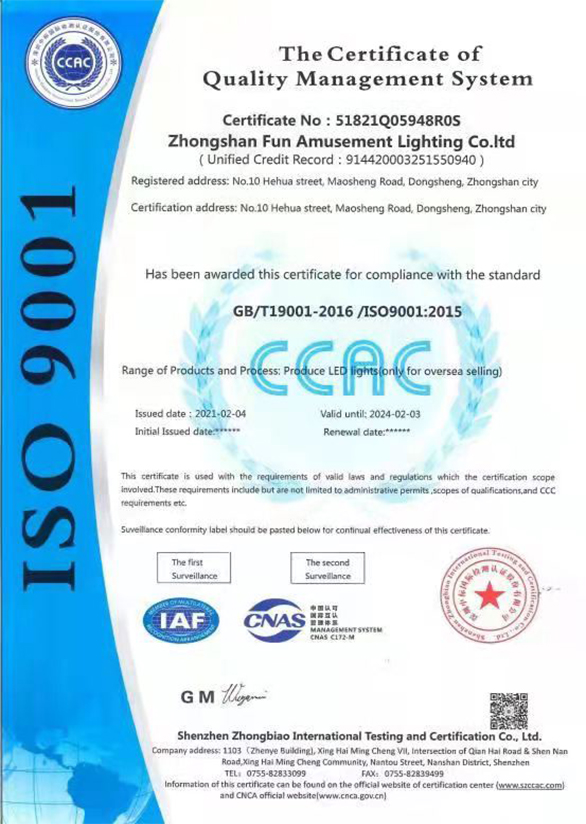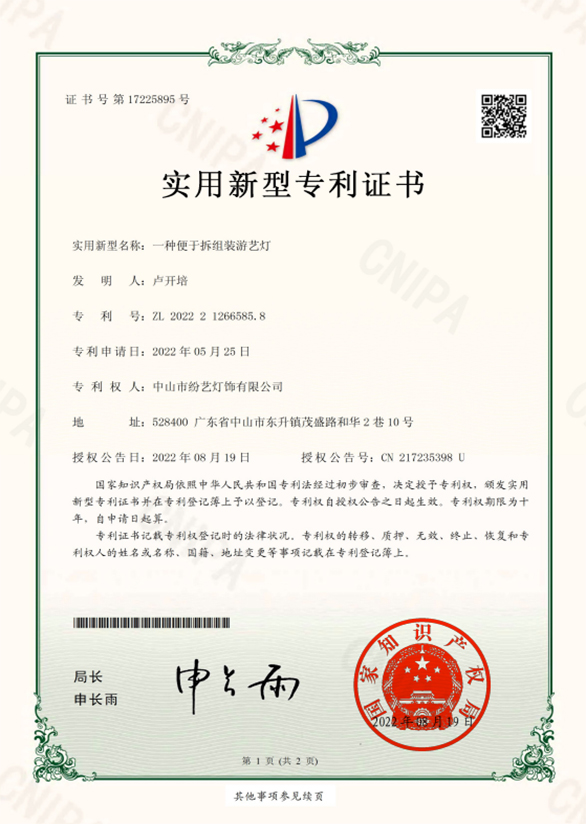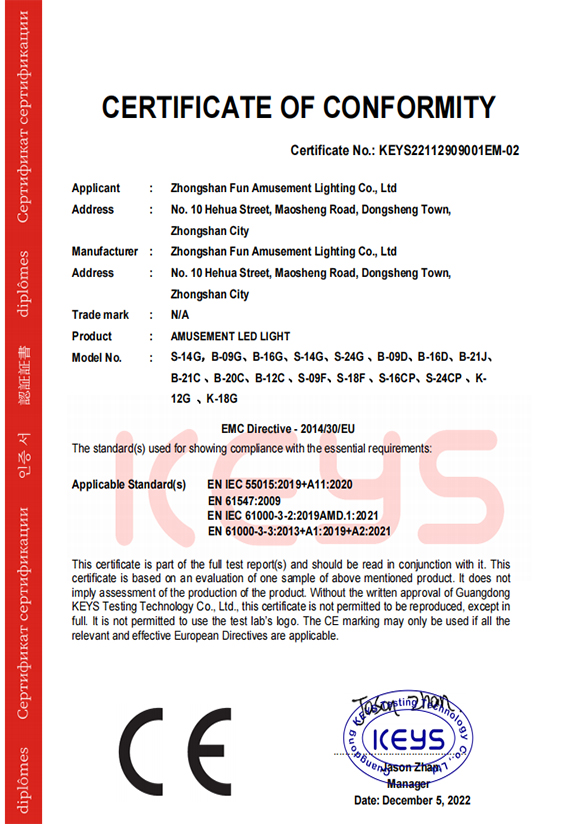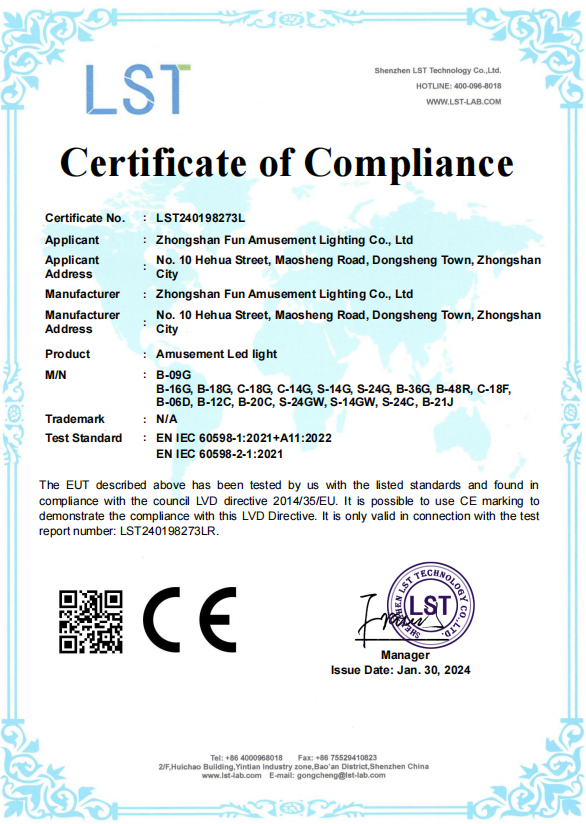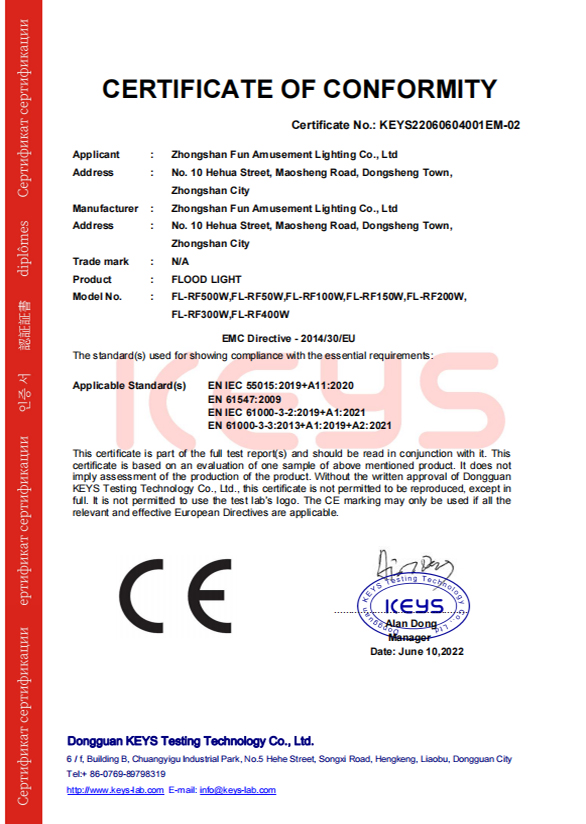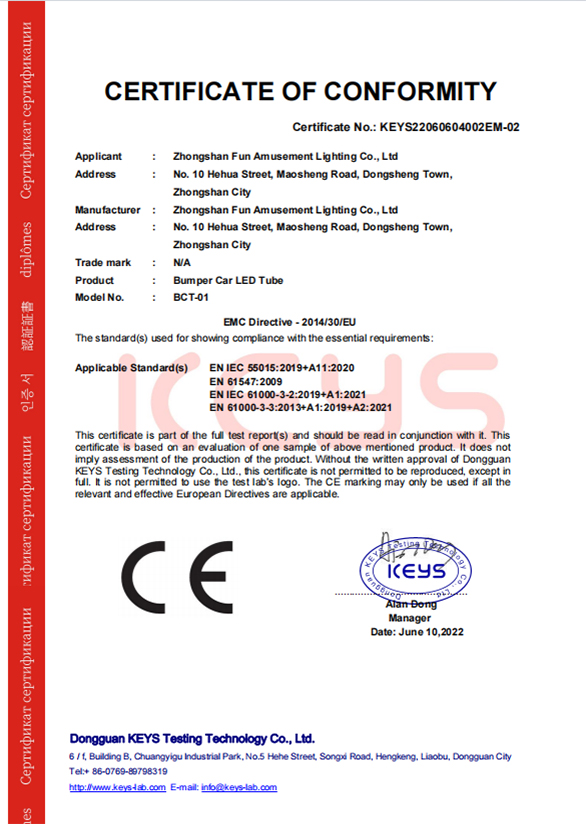How can you tell if the quality of LED lights is good ?
The quality of LED lights can be identified from the following aspects:
1.Packaging and labeling
- Check basic information: The packaging of high-quality LED lights will clearly mark the basic information of the product, such as rated voltage, rated power, luminous flux, color temperature, color rendering index (CRI), etc. This information is an important reference for understanding product performance.
- Check certification marks: The product packaging should have CCC or the safety certification mark of the corresponding region, such as UL and ETL certification in the United States, CE certification in Europe, etc. These marks indicate that the product has passed the safety and quality standard test.
2. Lamp beads and chips
- Observe the quality of lamp beads: The light source of high-quality LED lamps usually uses well-known brand chips, such as Jingyuan, Osram, Philips, etc. Observe whether the lamp beads are arranged neatly, whether the color is consistent, whether there are dead lights or obvious color differences.
- Understand chip quality: The light source of LED is a chip, and the price of chips of different qualities varies greatly. Generally speaking, Japanese and American chips are of higher quality and correspondingly higher prices; while Taiwanese and domestic chips are relatively low in price.
3. Heat dissipation structure
- Check the heat dissipation material: high-quality LED lamps will have a good heat dissipation structure, such as aluminum alloy heat sink, thermal conductive silicone grease, etc., to ensure that heat can be effectively dissipated during long-term use, and avoid high temperature affecting the life of the LED light source.
4. Drive power supply
- Configure constant current drive: high-quality LED lamps are usually equipped with constant current drive power supply, which can stabilize the output current and prevent the brightness and life of the light source from being affected by voltage fluctuations.
- Check the power supply certification: Check whether the power supply has EMC (electromagnetic compatibility) and safety certification to ensure safe use.
5. Appearance and craftsmanship
- Observe the shell material: the shell should be flat and smooth, without burrs or cracks. The plastic material should have no odor, and the metal parts should be free of rust. The lampshade has good light transmittance and no obvious deformation or scratches.
- Check the workmanship: In addition to the main components, a high-quality LED lamp must also meet different technical requirements according to different use environments, such as moisture-proof, dust-proof, anti-magnetic, and lightning protection. At the same time, the lamp head should not be loose or tilted during installation and disassembly.
6. Lighting effect
- Test actual lighting: observe whether the light spot is uniform, without dark areas or hot spots, whether the color temperature meets expectations, and whether the color rendering is good. Good quality light has uniform color and no color difference.
7. Price and brand
- Compare prices: Although price is not the only criterion, products with too low prices may have quality problems. Therefore, price and performance should be considered comprehensively when purchasing.
- Choose well-known brands: Well-known brands usually pay more attention to product quality and after-sales service, so the quality of LED lights from well-known brands is more guaranteed.
In summary, by checking the packaging and logo, observing the lamp beads and chips, checking the heat dissipation structure, understanding the driving power supply, observing the appearance and process, testing the lighting effect, and comparing prices and brands, the quality of an LED lamp can be comprehensively judged. Fun Amusement Lighting



